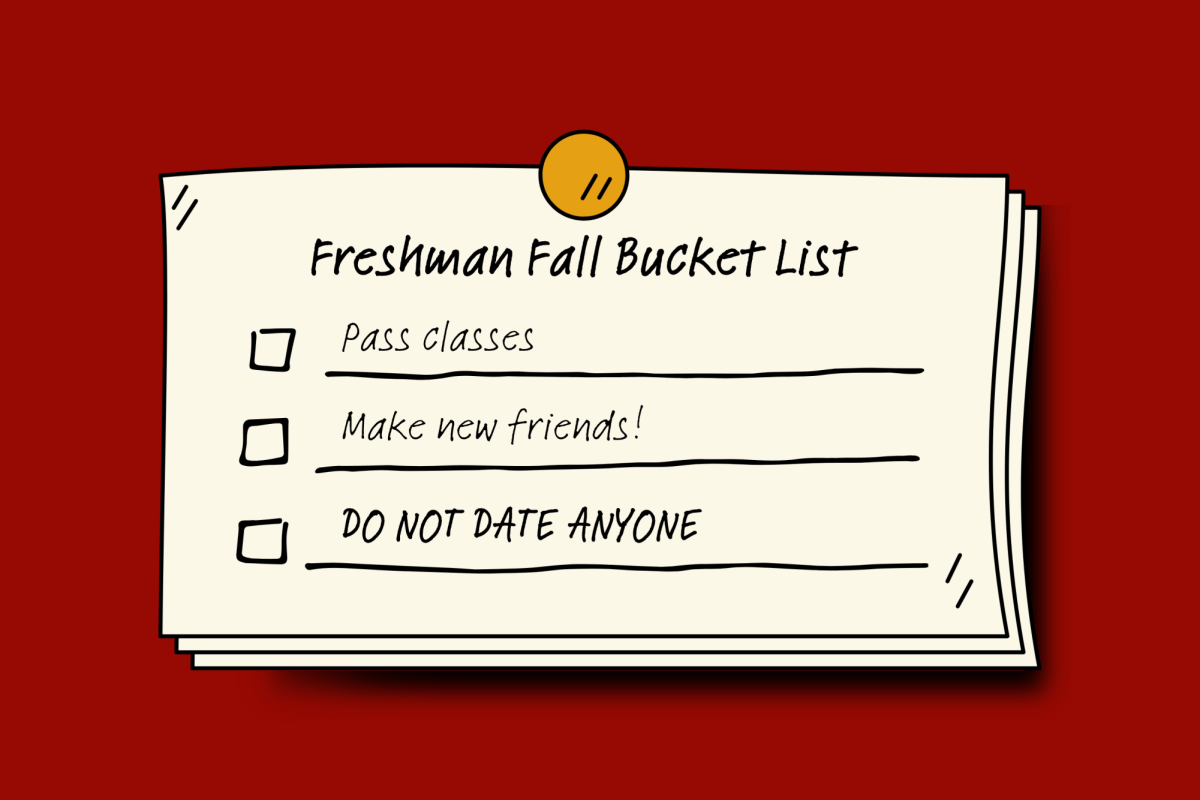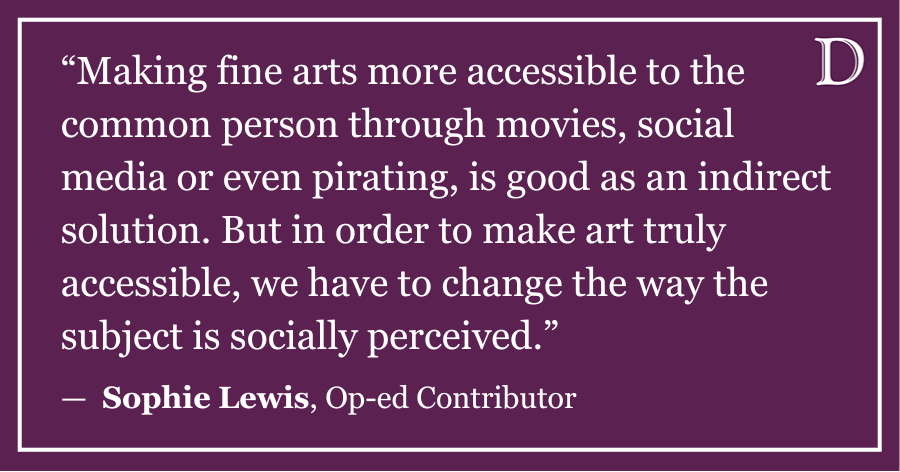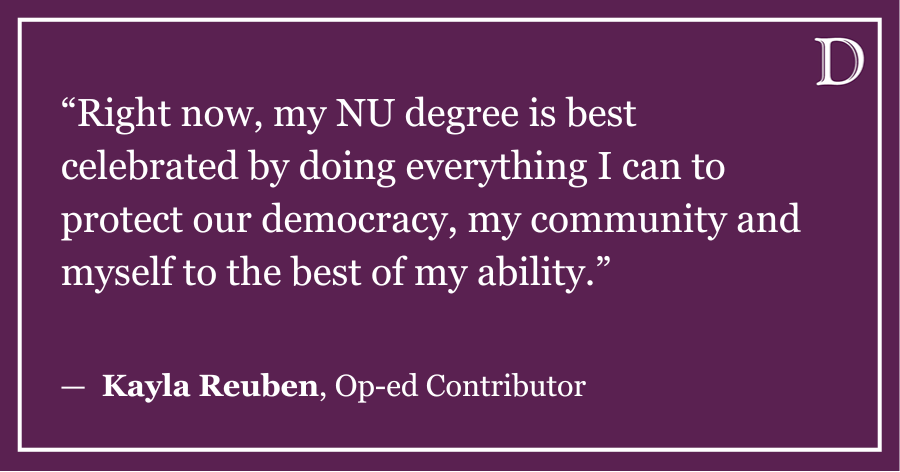It’s 1 a.m. on a Wednesday night, and after a long night of studying at my friend’s off-campus apartment, it is time to get back to my on-campus home. My three options to get back are to walk, take a shuttle or call SafeRide. Normally I would have no problem with walking, but it’s late, dark and I am alone. The area is not as well-lit as, say, the streets of downtown Evanston, so I am a bit hesitant to walk back unaccompanied. The shuttle stop is far away and at an inconvenient spot. Not to mention, as many Northwestern students know, the shuttles aren’t always reliable.
I decide to call SafeRide but am informed that because the wait is more than 40 minutes, they cannot provide me with a ride. The dispatcher then directs me to take the next shuttle. So though I walk home alone in the dark, devoid of a “safe” ride, a SafeRide car can drive three friends to get frozen yogurt in Evanston.
There are many positive attributes to SafeRide. The rides are free, sometimes punctual and can save a lot of travel time. But when it comes to fulfilling its actual purpose, the service falls short.
According to the SafeRide page on the Division of Student Affairs website, “SafeRide is a service provided to members of the Northwestern community as a safe and free alternative to walking alone after dark.” When SafeRide transports a group of friends to an off-campus destination, it seems to operate as more of a taxi service. SafeRide, however, claims it “is not a taxi, it is a safety service meant to be used in conjunction with other strategies such as traveling in groups and using Northwestern’s Shuttle Service.”
The safety service seems more reassuring in theory than it actually is. On my first campus tour as a prospective student, my parents were especially pleased to hear of the SafeRide service. What they didn’t know is that groups of students traveling together can get priority over a student walking alone at night. SafeRide can still function to bring groups of students off campus but should also ensure that students who feel unsafe walking alone are guaranteed a ride.
Rather than simply calling out SafeRide for its flawed system, we should look to fix the problem. Clearly, the number of vehicles and drivers available limits the service. However, it is still possible to improve SafeRide by making adjustments or finding alternatives.
NU can and should find ideas for alternatives by looking at other universities’ “safe ride” services. The University of Michigan, for example, has both “SafeRide” and “S.A.F.E. Walk.” While SafeRide is simply a transportation service, S.A.F.E. Walk is devoted to serving those who are walking alone at night and is coordinated by the U-M Police Department.
Another possible alternative to vehicle aids are “walking escorts” who will pick you up and walk with you to your destination. The University of South Carolina uses this type of on-foot service, as well as a vehicle service called “Campus Cruiser.”
Of course, all campuses are different, but NU can always take cues from other universities and how they handle this transportation. NU should consider coordinating with the Evanston Police Department in order to establish a service similar to the University of Michigan’s “S.A.F.E. Walk.” It can also consider emulating USC’s “walking escorts” in addition to drivers or dispatchers.
Even if either of these are options are not feasible, NU’s SafeRide should seek to make improvements and decrease the number of students who feel unsafe while walking home alone at night.
Jennifer Yamin is a Communication sophomore. She can be reached at [email protected]. If you would like to respond publicly to this column, send a Letter to the Editor to [email protected].









